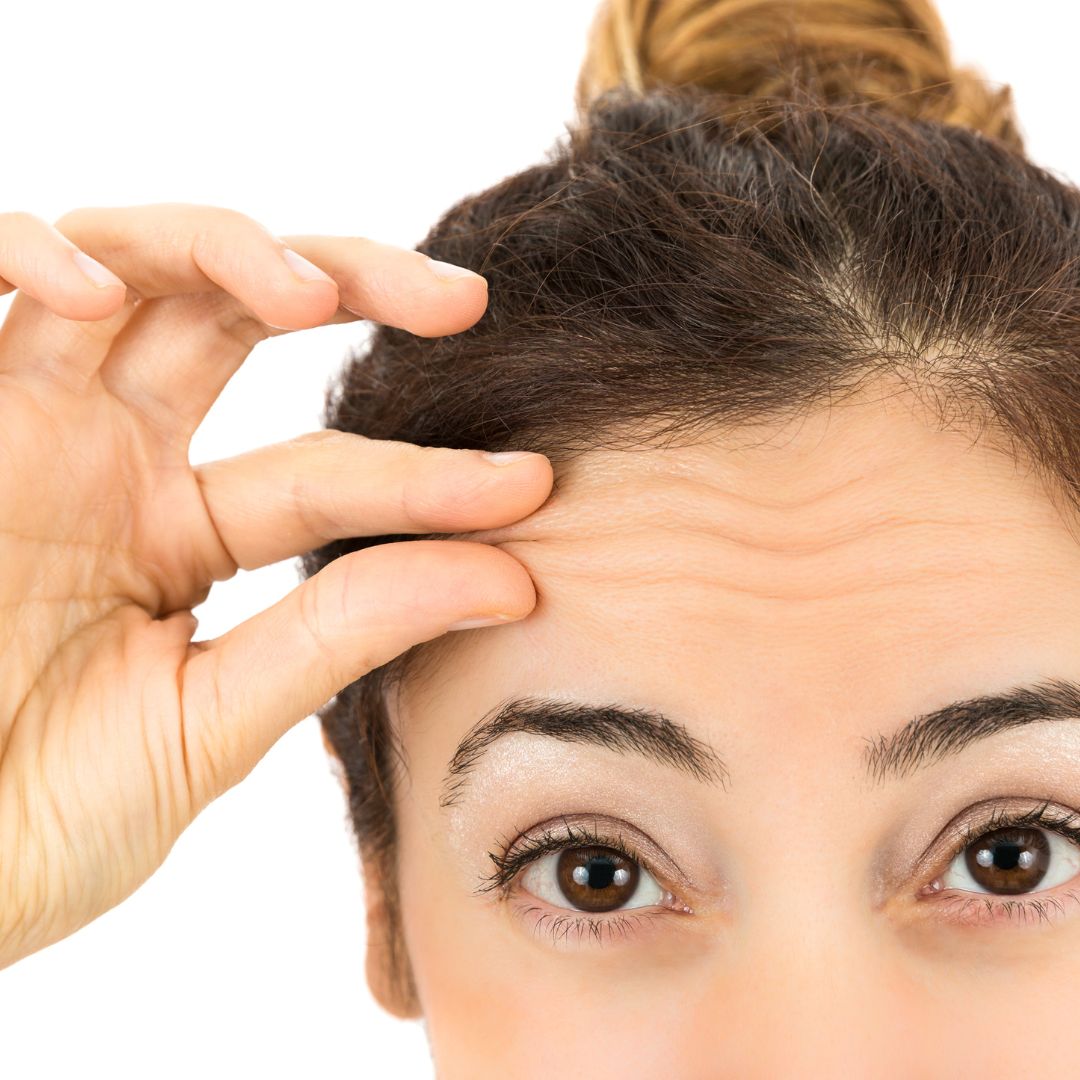Anatomy of a Wrinkle
Our skin is an incredibly fascinating organ, subtly communicating the chronicles of our life, from childlike wonderment to aging elegance. A standout among these tales is the inevitable story of wrinkles.

Wrinkle formation is an intrinsic part of our skin's aging process. However, did you ever consider what exactly causes wrinkles on our skin? At T/A, understanding the skin anatomy and the complex mechanism of wrinkle formation is essential to provide effective treatments for wrinkle reduction and prevention.
To comprehend wrinkle formation, we must first explore different layers of the skin. Our skin comprises three layers: the epidermis (outer layer), the dermis (middle layer), and the subcutaneous tissue (inner layer). Dramatic changes occur in these layers when we age, leading to wrinkle development.
As we mature, the epidermis starts to thin and loses its ability to hold moisture, leading to dry, saggy skin prone to wrinkling. The dermis, rich in collagen and elastin fibres governing skin's firmness and elasticity, degrades over time. The decreased production of collagen and the breakdown of elastin make the skin less tight and supple, fostering wrinkles.
Simultaneously, the fat in the subcutaneous layer that gives the skin its plump, youthful appearance dissipates, causing the skin to sag and promoting wrinkle formation.
We often associate wrinkles with various consistent facial expressions.
How does this come into play?
You recruit muscles beneath your skin every time you smile, frown or squint. With age, these muscles, with persistent use, groove lines into your skin, initially superficial, become permanent fixtures - wrinkles. Underneath these muscles, nerves stimulate the muscle fibres to contract. As we age, the nerve signals become less effective, leading to weaker muscle contractions and thus exacerbating sagging and wrinkling. Beyond the natural aging process, numerous external factors can escalate skin degradation leading to premature wrinkling. These include exposure to UV light, smoking, pollution, and poor nutrition. UV light speeds up natural aging by breaking down collagen and elastin. Similarly, smoking impairs blood flow, depriving the skin of oxygen and critical nutrients, while the repetitive facial expressions made when smoking can also contribute to wrinkles.
To sum up, the mechanism of wrinkle formation is a complex interplay of our skin's natural aging process, the changing dynamics of facial muscles and nerves, and external aggravating factors. Understanding these elements is paramount as it provides the foundation for a wide range of treatments at our medical spa catered to each client's unique needs, such as skin resurfacing treatments, Botox, laser treatments, and more. While we can't rewind the clock or entirely evade aging, understanding the mechanism of wrinkle formation cultivates superior knowledge to make more informed skincare choices. By taking preventative steps and early intervention, we can slow down the process and preserve our skin's youthfulness gracefully into the future.
